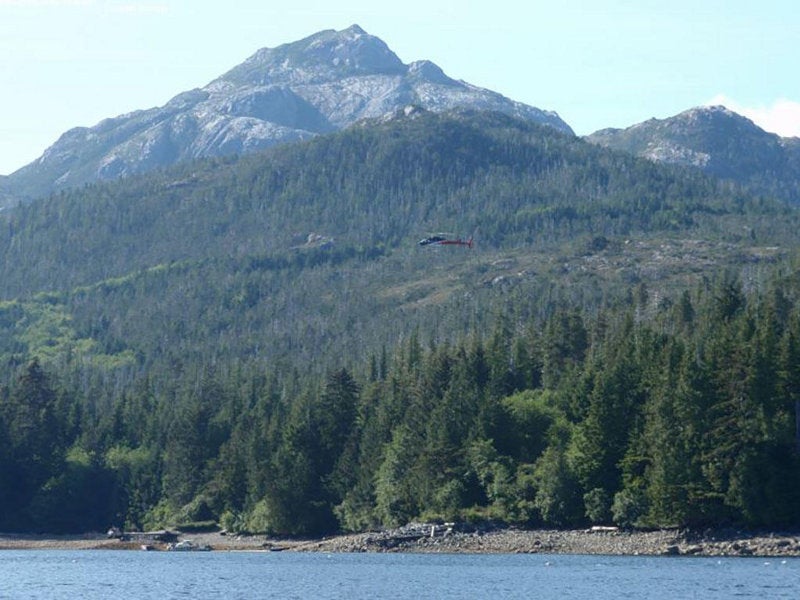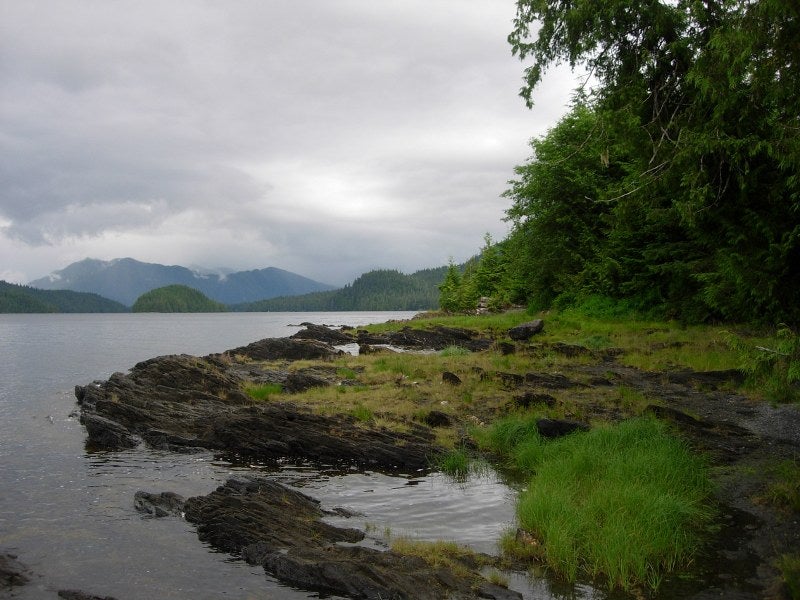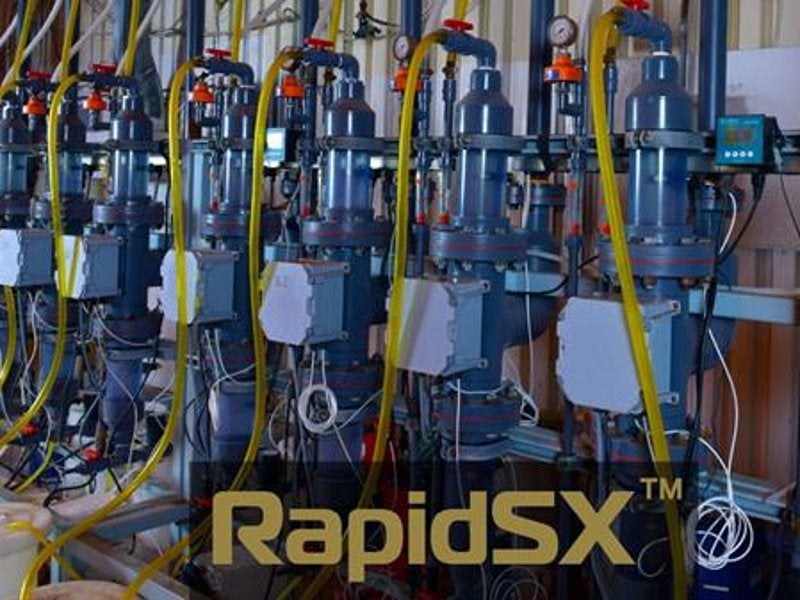The Bokan-Dotson Ridge project is a rare earth element (REE) deposit planned to be developed Ucore Rare Metals at Bokan Mountain in Alaska, US.
Ucore plans to complete a feasibility study for the rare and critical metals project as part of its mine, metal, and market (M3) plan by 2021. The M3 plan includes the development of an underground mine along with a processing plant at Bokan, and the construction of the Alaska strategic metals complex (Alaska SMC), contributing to the development of the North American REE market.
Ucore submitted a proposed plan of operations for the site exploration drilling to the United States Forest Service (USFS) in August 2012 and completed a preliminary economic assessment (PEA) for the project in January 2013.
The PEA report defined plans for an underground mine along with a 1,500 tonnes per day (tpd) REE processing plant over an estimated mine life of 11 years, with an estimated pre-production capital expenditure of £140m ($221m).
The USFS granted approval for the fieldwork, which included the development of the late-stage drill programme and construction of an interim field camp in September 2013.
The Alaska State Legislature approved £87m ($145m) bond funding to support the infrastructure and construction costs of the project in April 2014.
Location and geology
The Bokan-Dotson Ridge project is located adjacent to Kendrick Bay on the southern end of Prince of Wales Island, approximately 37 miles southwest of Ketchikan.
The property lies within the Tongass National Forest, which includes approximately 640-acre state claims and 9,500-acre federal claims and 640 acres of state mining claims.
The Bokan-Dotson Ridge ore body contains 14 heavy rare earth elements in the lanthanide group in addition to yttrium and scandium. It also holds critical elements dysprosium and terbium.
The REE mineralisation is structurally controlled in several peralkaline igneous dikes and veins radial to a peralkaline intrusive complex.
Rare earth reserves at Bokan-Dotson Ridge
The project is estimated to hold 4.79 million tonnes (Mt) of indicated resources grading 0.602% total rare earth oxides (TREO) and inferred resources of 1.05Mt grading 0.603% TREO at 0.4% cut-off grade as of May 2015. The average total rare earth recoveries are estimated to be 81.6%.
Production
The annual production at the Bokan-Dotson Ridge mine during the first five years of operation is estimated to be 2,250 tonnes (t) of rare earth oxides, including 515t of yttrium oxide, 95t of dysprosium oxide, and 14 tonnes of terbium oxide.
Mining and processing
Ucore plans to utilize the long-hole stoping method with paste backfill at the Bokan-Dotson Ridge REE mine.
The mineral processing plant at the Bokan mine site is expected to incorporate beneficiation processes for REEs as well as co-product metals such as niobium, hafnium, zirconium, titanium, beryllium, and vanadium.
The plant is expected to produce 735tpd tailings which will be used as paste backfill. The x-ray sorting technology will be utilised for the placement of mill tailings in mined-out areas underground.
The individual heavy REEs and co-products produced at the Bokan processing plant will be processed and purified by Alaska SMC to be built in Ketchikan, Southeast Alaska before being sold to off-take buyers or the downstream end-market.
Alaska SMC is planned to be equipped with RapidSX™ REE separation technology, which is suitable for both heavy REE and light REE feedstocks.
Contractors involved
SGS Canada was contracted to provide design for the initial stage of the mineral processing plant at the Bokan mine site in February 2020. The contract scope includes lab-scale optimisation of the mineral processing beneficiation flowsheet for the Bokan processing plant.
Ucore also signed a technical services agreement with Innovation Metals (IMC) to conduct a testing programme on the processing of mixed REE concentrates produced from the Bokan project into separated REE oxides in February 2020. Ucore acquired IMC and its RapidSX™ REE separation technology three months later.
Ausenco Engineering Canada was engaged for the feasibility study of the project, while Tetra Tech prepared the PEA. Stantec provided initial mine design and Aurora Geosciences prepared resource estimate.
Canadian firm SRK Consulting was contracted by Ucore to compile the baseline data and qualitative results from the engineering studies conducted in 2014, to produce a formal plan of operations for the Bokan project.





